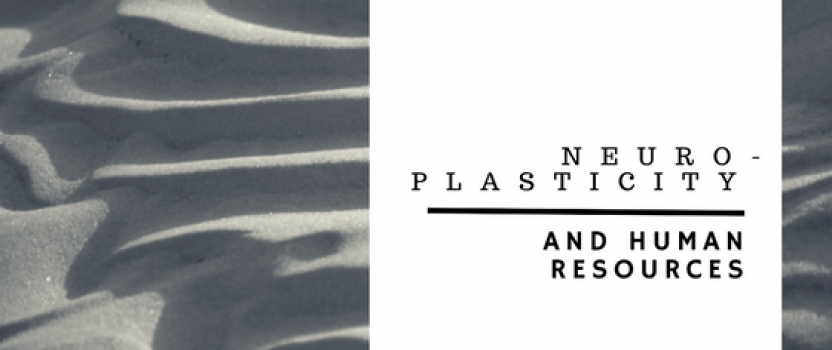Neuroplasticity and Human Resources
Tim Ferriss in his 5-Bullet Friday referred to an article about Human Resource Management. This lead me to thinking about neuroplasticity.
Are we adequately using our neuroplasticity?
Is there a stagnation in the mindset of (older) executives in business?
The Brain that Changes Itself by Dr Norman Doidge dives into examples of neuroplasticity of the brain, with some of the practical outcomes when people have ‘rewired’ their brain.
If I have understood one component of the book correctly, Doidge discusses embedded habits. My particular recollection were comments around being in a rut, and the difficulties of changing strong habits.
New challenges are needed to retrain and rewire the brain. Therefore, using the plasticity of the brain (new thoughts, new ways of thinking and new connections) new habits can be formed.
So what does all this have to do with Human Resources?
Focusing on a ‘rut’ mind set, brings the question to mind: Are executives stuck in a rut, while new workers have new ways of thinking and working?
Do new ways of working and thinking, create a difficult transition for those who have been in a workforce for one or two or more decades?
Has a person in the 40, 50 or 60s set their state of mind? Is this set state the cornerstone for misunderstanding how to communicate with a person who has been in the workforce for less than a decade?
Can old habits and new habits co-exist in harmony?
What happens when old habits and new habits collide?
Doidge’s book also raises the (potentially negative) rewiring that increased television and technology consumption is causing for brains. Again this could create further digression of opinions, miscommunication and misunderstanding from those who had a relatively television free childhood.
This raises more questions than answers.
What do we do?
Personally, I like to read about, or listen to, new ideas.
The ability to communicate well with others reminds me of one of the Seven Habits of Highly Effective People –
Seek first to understand, then to be understood.
How do you do to seek to understand before being understood?
How can you use the plasticity of your brain to make a difference in the way that you think and perceive the world around you?
How can you use the plasticity of your brain to tell your story in a way that has not been told before?
How can you use some old habits to create new habits, particularly to create more content for your area of expertise or your book?





